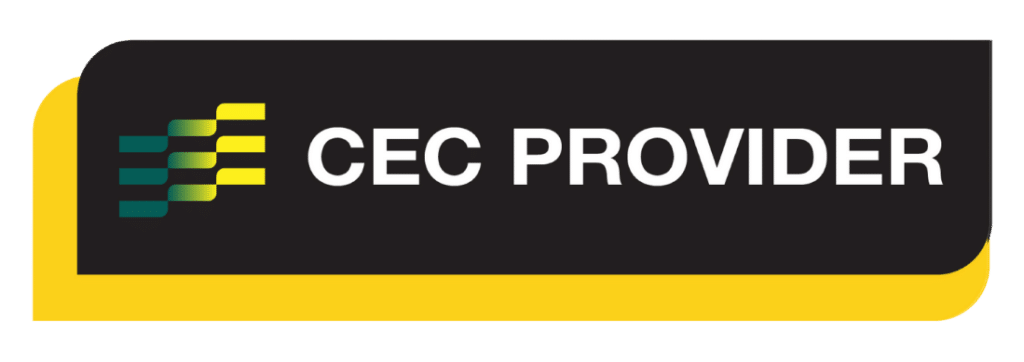Wunda Chair Repertoire
Stability:
Inversion: Pelvic Curl - Hamstring Curl -Single
Alternate Names
Shoulder Bridge
Derived From
Mat Pilates: Pelvic Curl
Primary Element
Stability
To challenge stability in the pelvis, engage the hamstrings as well as creating stability in the shoulders to maintain the arms connected to the back of the body.
Secondary Element
Strength
To create and develop strength in the hamstrings, gluteals and back of the body.
Tertiary Element
Mobility
To create and develop mobility at the hip and knee joints.
Repetitions
4-6 each side
Apparatus Setup
Suggested springs
- Exo Chair by Balanced Body
- Cactus style number system
- One spring on setting 2
- Cactus style number system
- Resistance: light
Scan the apparatus once the client is moving for correct set up (Clain Pilates, 2002)
- Pedal position first – check the dowl is secure if split pedal
- Springs second
- Handles or small apparatus such a ball or Magic Circle last
Place foam matting or a pad over the base of the Wunda Chair underneath the pedal to stop the pedal ‘crashing’
Plane of Motion
Sagittal
Targeted Muscles
To create, develop and connect with the pelvis stabilisation muscles the focus is gluteus medius and gluteus maximus and the deep abdominal muscles transversus abdominis.
The hamstrings and gluteals are working in the pull down movement of the pedal.
Warnings
Not suitable for some hip and knee issues, some low back issues or injuries or where inversion is contraindicated such as during pregnancy.
Make sure that the Wunda Chair is against a wall or placed on a grip mat so it doesn’t slide away when the movement begins.
Execution
Lie supine on a mat or the floor facing towards the pedal of the Wunda Chair, and place the heel of one foot onto the pedal, with the other leg in a table top or extended leg position. Use a grip mat if the heels begin to slip. Keep the arms long beside the torso and actively pressing into the mat.
Exhale to press the pedal down towards the mat or the floor with the heel, aiming to work the hamstrings and gluteals, and inhale to return to the start position.
Observations
Do a body scan of the client taking note of the following points
- Pelvis
- Can the client keep the pelvis and in neutral still the entire time without arching the spine as the heels come closer towards the mat? Or without dipping the pelvis on the side of the table top or extended leg?
- Legs
- Can the client keep the lifted leg still in table top, or (as a progression) extended up towards the ceiling and still the entire time?
- Feet
- Is the heel connected into the pedal with the foot slightly flexed? Use a grip mat or padding to ensure the heels do not slip
- Apparatus
- Is there tension on the springs the whole time? Or is the pedal crashing to the base of the Wunda Chair indicating a lack of control and a push by the client beyond their ideal range of motion? If the pedal is crashing at the bottom it is likely the spring setting is too light, or more control is needed.
- Ensure the Wunda Chair is pushed up against a wall or is placed on grip mats or padding so it does not move thorughout the exercise
Learning Style Technique Cues
Auditory – word associations that connect mind and body
- Focus on controlling the movement of the pedal down towards the mat at the same pace as it lifts back up towards the stopper
- Say the client’s name when you’re about to interact with them
Visual
- Imagine a 90 degree angle from the hips, knees and pedal to begin with
- You may demonstrate a part of the movement as a visual representation for the client to see
Kinaesthetic
- Press the heels actively into the pedal to help activate through hamstrings and gluteals as the pedal presses downwards
- The closer the pedal moves towards the mat or floor, the more likely it is you’ll feel the hamstrings engage
Modifications and Variations
Regress the exercise by
- Increasing the spring setting to create more support
- Reduce repetitions and/or pace
- Reducing the range of motion so the client can focus on pelvis stability, holding their position and keeping the legs engaged
- Working on Wunda Chair Inversion: Hamstring Curl
- Working on Wunda Chair Foot Work: The Table
- Working on Wunda Chair: Frog Facing Out
- Working on Reformer Pilates: Pelvic Curl
- Working on Mat Pilates: Pelvic Curl
Progress the exercise by
- Decreasing the spring settings to remove support from the apparatus
- Removing the arm support and taking the arms to a vertical position
- Working towards Wunda Chair Inversion: Glute Bridge + Hamstring Curl
Series and Transitions
This exercise is part of the Inversion series which also includes the Glute Bridge + Hamstring Curl and the Hamstring Curl

